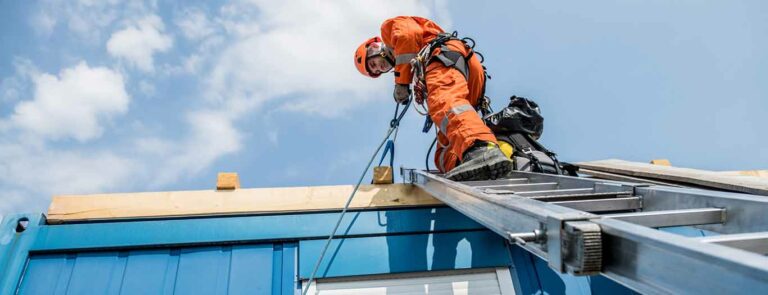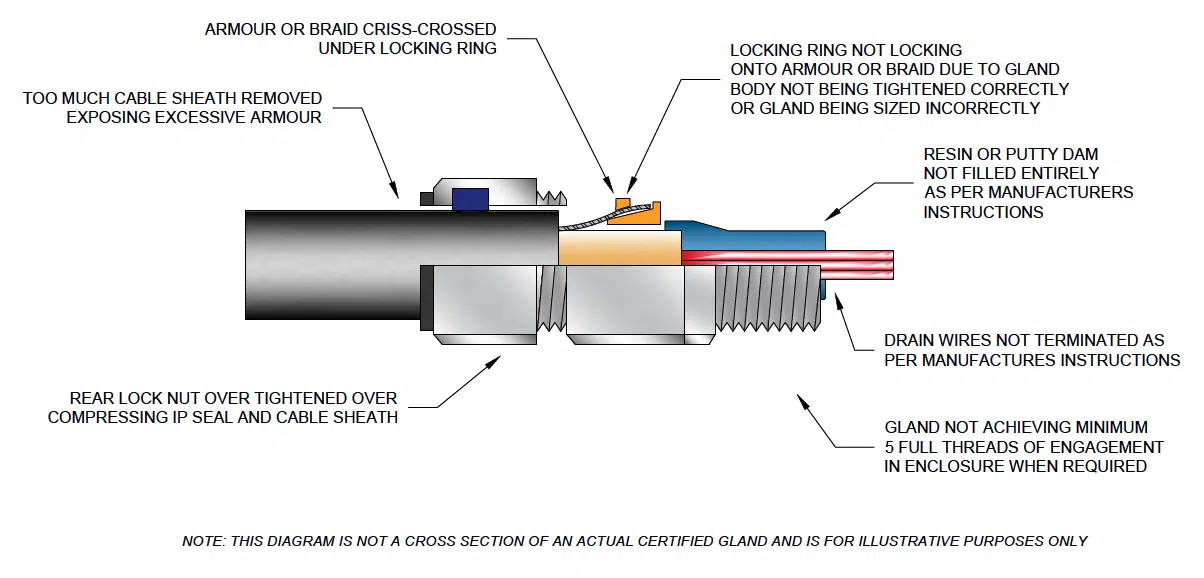The Best Strategy To Use For Roar Solutions
The Best Strategy To Use For Roar Solutions
Blog Article
8 Simple Techniques For Roar Solutions
Table of ContentsWhat Does Roar Solutions Do?Some Known Details About Roar Solutions 8 Simple Techniques For Roar Solutions
In such an ambience a fire or surge is possible when 3 basic conditions are fulfilled. This is commonly described as the "harmful area" or "combustion" triangular. In order to secure setups from a potential surge a technique of analysing and identifying a possibly unsafe location is required. The objective of this is to make sure the appropriate option and setup of equipment to eventually protect against an explosion and to guarantee safety of life.
(https://www.artstation.com/roarsolutions6/profile)
No equipment must be mounted where the surface area temperature of the tools is better than the ignition temperature of the provided danger. Below are some usual dust dangerous and their minimal ignition temperature level. Coal Dust 380C 225C Polythene 420C (thaws) Methyl Cellulose 420C 320C Starch 460C 435C Flour 490C 340C Sugar 490C 460C Grain Dust 510C 300C Phenolic Resin 530C > 450C Aluminium 590C > 450C PVC 700C > 450C Soot 810C 570C The chance of the risk existing in a focus high adequate to create an ignition will certainly differ from place to place.
Harmful area electrical devices possibly created for usage in greater ambient temperatures. Field Repair By Authorised Personnel: Complicated screening might not be needed however specific treatments might need to be followed in order for the tools to keep its 3rd celebration rating. Each piece of tools with a hazardous ranking need to be assessed independently.
The Main Principles Of Roar Solutions
The devices register is a comprehensive data source of equipment documents that includes a minimum collection of areas to determine each thing's place, technical criteria, Ex lover category, age, and environmental information. This details is vital for tracking and taking care of the equipment properly within dangerous locations. In contrast, for regular or RBI sampling examinations, the grade will certainly be a combination of In-depth and Close evaluations. The ratio of Thorough to Close evaluations will be determined by the Tools Threat, which is examined based upon ignition risk (the possibility of a resource of ignition versus the chance of a flammable environment )and the unsafe area classification
( Area 0, 1, or 2). This variant will certainly likewise influence the resourcing requirements for job preparation. Once Lots are defined, you can create tasting strategies based on the sample dimension of each Lot, which refers to the number of random devices products to be evaluated. To determine the required sample size, two aspects need to be assessed: the size of the Lot and the classification of assessment, which suggests the degree of initiative that need to be applied( reduced, normal, or enhanced )to the evaluation of the Great deal. By integrating the classification of assessment with the Great deal size, you can then establish the appropriate rejection criteria for an example, suggesting the allowed variety of malfunctioning products discovered within that sample. For even more information on this procedure, please refer to the Energy Institute Standards. The IEC 60079 conventional advises that the optimum period between assessments must not go beyond three years. EEHA evaluations will certainly additionally be performed outside of RBI projects as component of set up maintenance and equipment overhauls or repair services. These inspections can be credited towards the RBI sample sizes within the influenced Great deals. EEHA inspections are conducted to recognize faults in electric equipment. A weighted scoring system is necessary, as a solitary item of tools might have several mistakes, each with varying degrees of ignition danger. If the combined rating of both inspections is much less than twice the fault rating, the Whole lot is considered appropriate. If the Whole lot is still taken into consideration inappropriate, it must undergo a full evaluation or validation, which may cause stricter examination protocols. Accepted Whole lot: The root causes of any kind of mistakes are identified. If an usual failing setting is located, additional equipment may require maintenance. Faults are classified by intensity( Safety, Honesty, Housekeeping ), making certain that immediate issues are examined and addressed quickly to mitigate any influence on safety and security or procedures. The EEHA database must track and videotape the lifecycle of faults in addition to the corrective actions taken. Executing a robust Risk-Based Examination( RBI )approach is critical for ensuring conformity and safety and security in handling Electric Devices in Hazardous Locations( EEHA) (Roar Training Solutions). Automated Fault Scoring and Lifecycle Management: Effortlessly manage faults and track their lifecycle to improve evaluation precision. Read More Here The intro of this assistance for risk-based examination better reinforces Inspectivity's placement as a best-in-class service for regulatory conformity, along with for any asset-centric inspection usage situation. If you want discovering more, we welcome you to ask for a presentation and discover how our solution can transform your EEHA management procedures.
What Does Roar Solutions Do?

In terms of explosive danger, an unsafe area is an environment in which an explosive environment is present (or may be expected to be present) in quantities that call for unique safety measures for the construction, installation and use tools. high voltage courses. In this article we explore the challenges dealt with in the work environment, the threat control steps, and the needed competencies to function safely
These materials can, in certain conditions, develop eruptive ambiences and these can have significant and terrible repercussions. Most of us are acquainted with the fire triangle eliminate any one of the three aspects and the fire can not take place, yet what does this mean in the context of hazardous areas?
In many instances, we can do little about the levels of oxygen in the air, but we can have considerable influence on sources of ignition, for instance electrical equipment. Dangerous areas are documented on the dangerous area classification drawing and are identified on-site by the triangular "EX" sign. Here, amongst other key details, areas are divided right into three types depending on the risk, the possibility and duration that an eruptive ambience will exist; Area 0 or 20 is considered one of the most harmful and Area 2 or 22 is considered the least.
Report this page